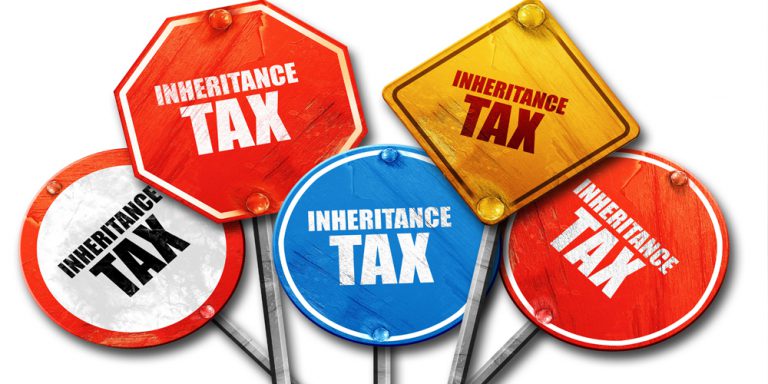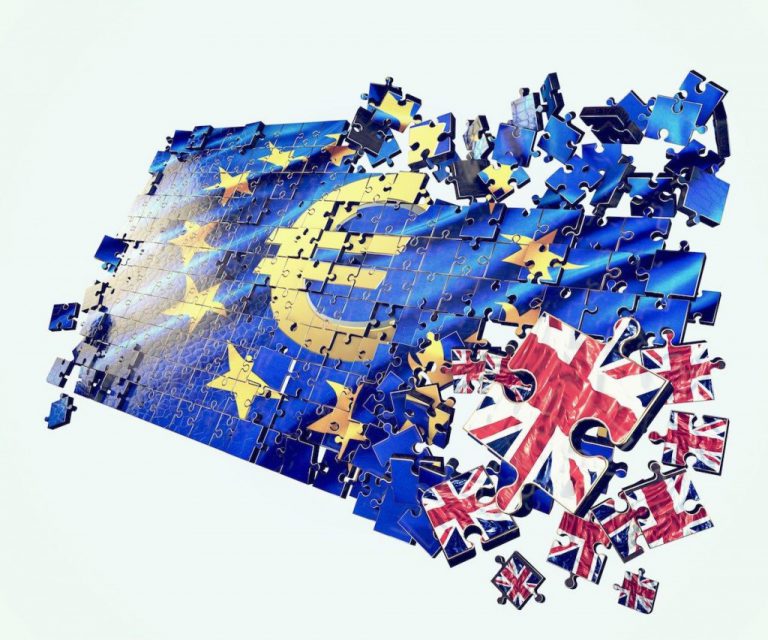A WEEK AT A GLANCE
In the US the Dow Jones closed in positive territory, driven by gains among energy and financials stocks, while the NASDAQ declined -1.3% and S&P 500 was down -0.3% due to the tech selloff.
The US dollar index almost reached 100, its highest level since 2017.
Markets are still dominated by recession fears, as well as escalating tensions between the West and Russia and new sanctions being announced by the US and the EU, including an embargo on Russian coal exports.
Provisional results from the French election showed that Macron and Le Pen will compete in the second round in two weeks’ time. Macron secured 28% of the vote, higher than expected, but Le Pen is said to be closer than ever to winning power in France.
The highlights of the short holiday week will be the March inflation data in the US due today and the start of the Q1 earnings season. Consensus expects March inflation rate to hit 8.5%, the highest since December 1981, as a result of high energy prices, supply constraints and robust demand.
In Europe, the ECB will deliver its monetary policy decision, but no changes are expected despite the current record high level of inflation, as officials wait for further developments in the war in Ukraine. The market is pricing in two interest rate rises this year in Europe, most likely in September and December.
The UK monthly GDP data showed that the economy slowed more than expected. The UK economy grew by +0.1% month-on-month in February, a sharp slowdown from +0.8% growth in January. Industrial production unexpectedly fell by 0.6% month-on-month. March inflation is expected to be 6.7%, the highest since March 1992.
World food price index published by the UN hit a fresh record high in March 2022, up +12.6% from February as the war in Ukraine reduced supply and soaring energy and fertiliser costs continued to weigh.
Oil traders have become much more positive about the availability of crude over the last month, taking some of the heat out of oil prices following Russia’s invasion of Ukraine. On the production side, Russia’s oil exports have continued at a reduced level despite the threat of sanctions, while the United States and its allies have offered an unprecedented volume of strategic stocks to the market if needed. Reflecting that greater comfort level, Brent’s front-month futures contract closed at $98 per barrel on April 11, roughly the same level as prior to the invasion on Feb. 24. Today it’s up again, however, trading at $104.85 per barrel (Brent).
Coal is up 5.61%, following the Russian embargo.
Gold rose on Tuesday as consumer prices for March hit their highest level since 1981, a sign to some investors that inflation could be peaking. Spot gold rose 0.6% at $1,964.89 per ounce after hitting its highest in nearly a month on Monday.
Spot silver rose 0.4% to $25.17 per ounce and platinum slipped 1.1% to $966.07.







